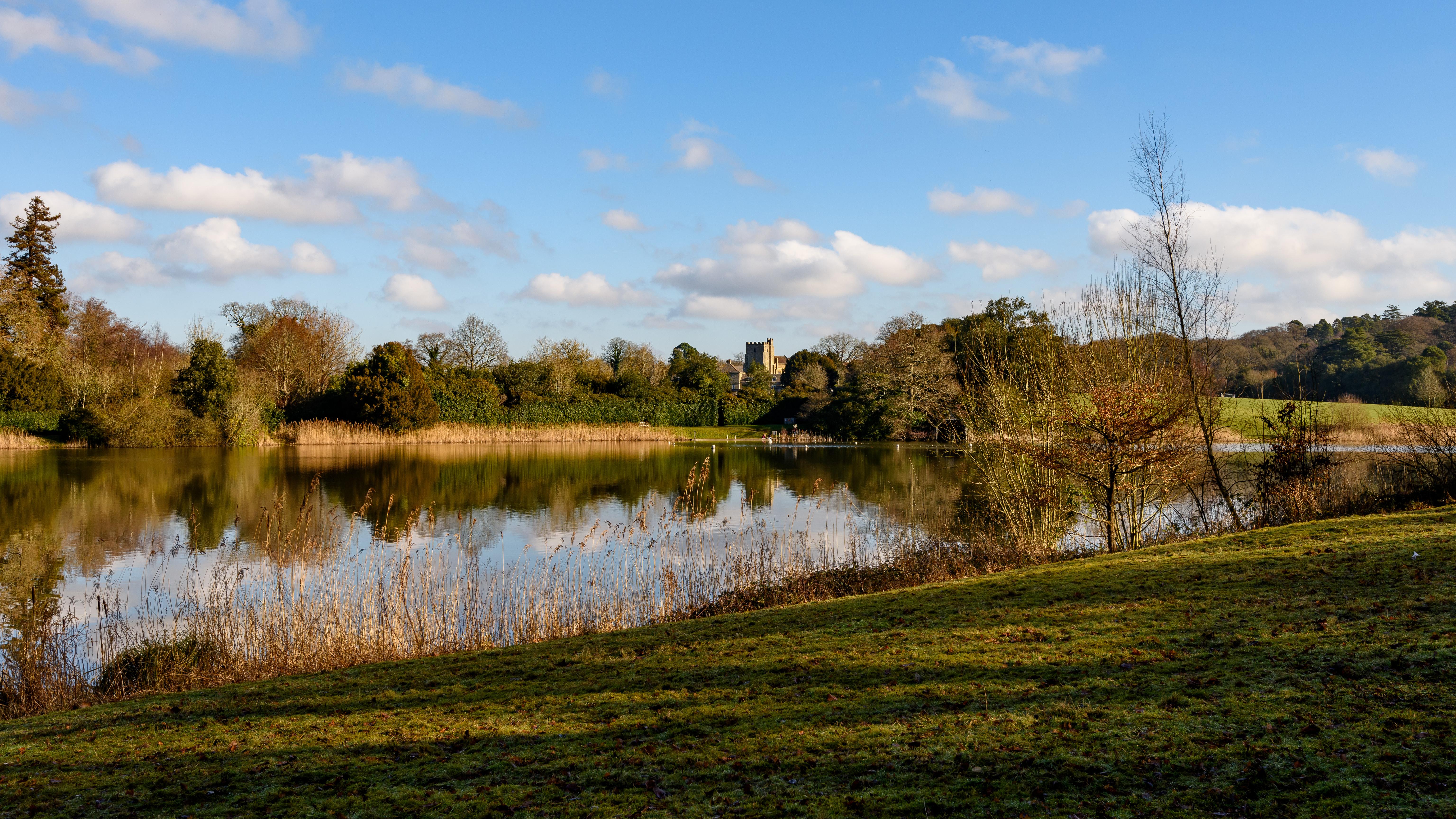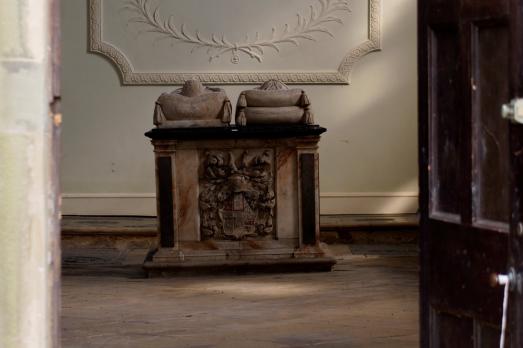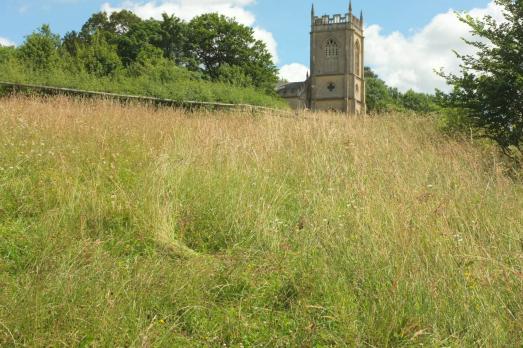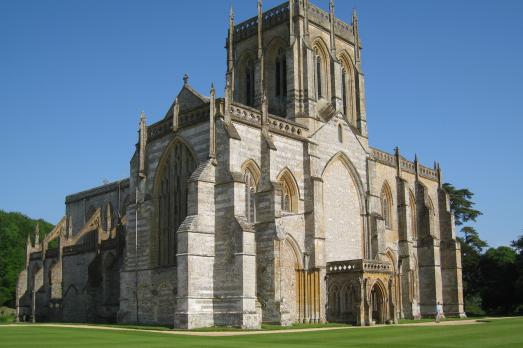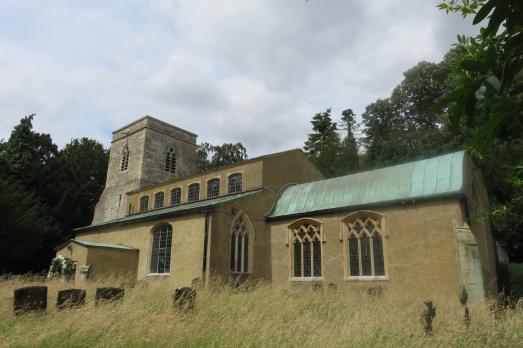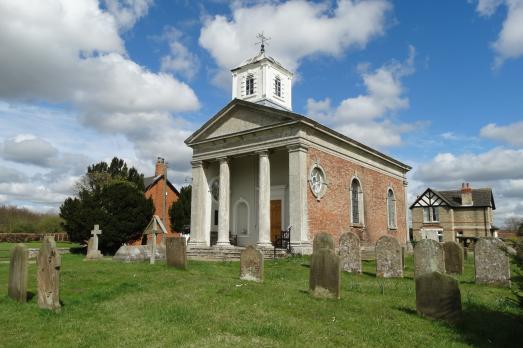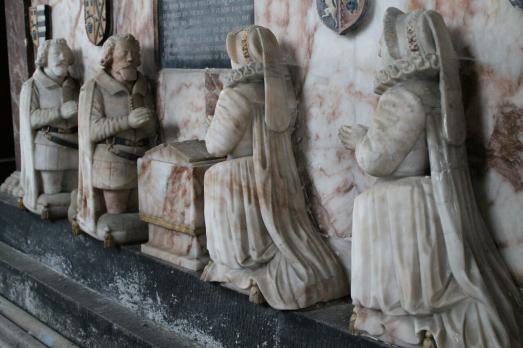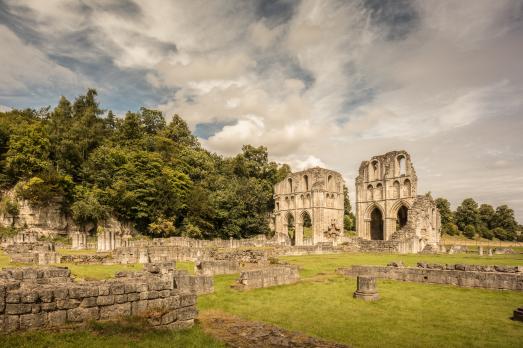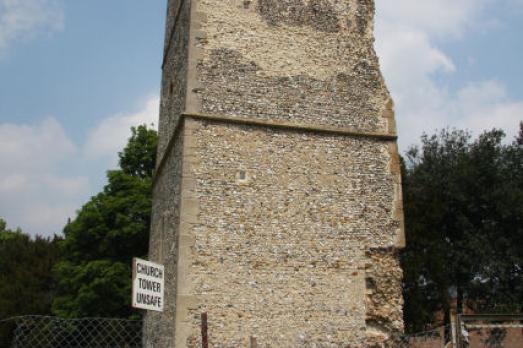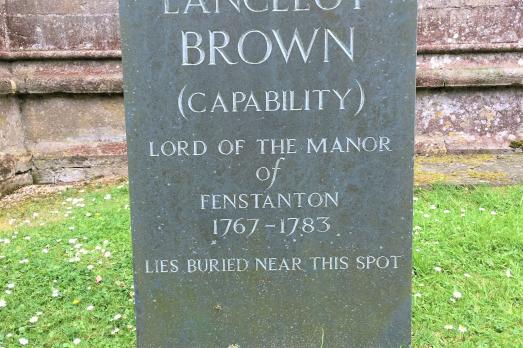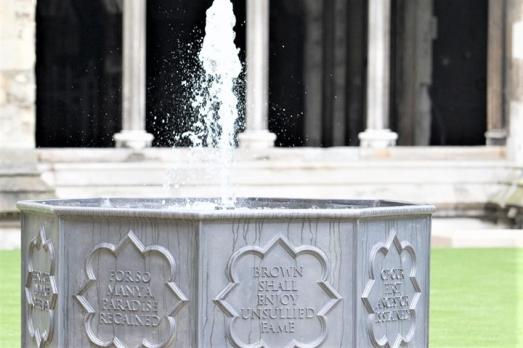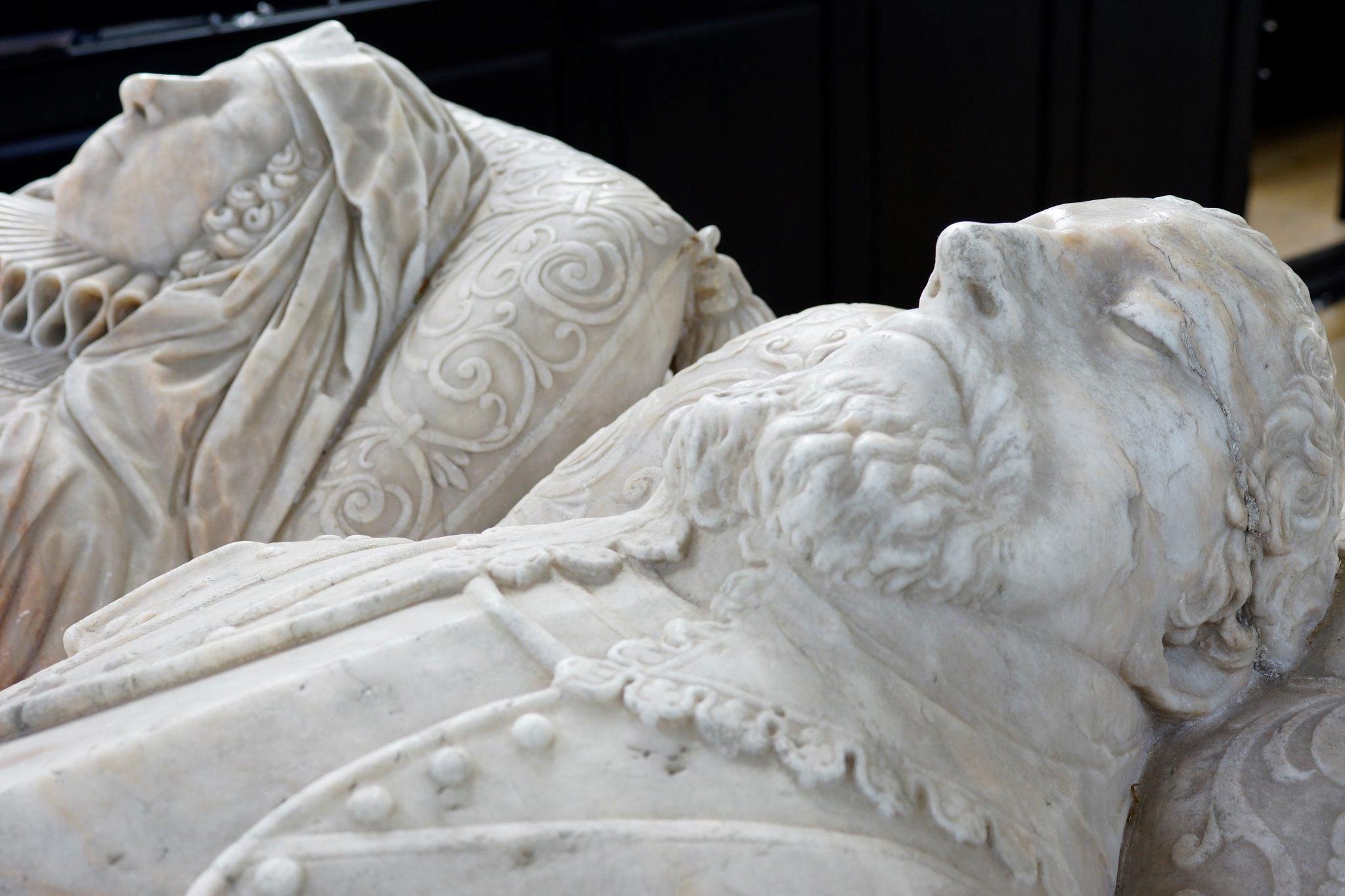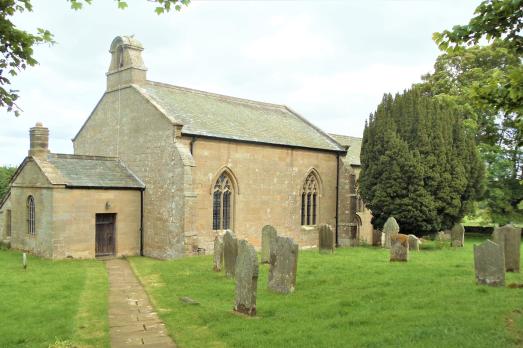
Birthplace of England’s greatest gardener
Capability Brown was born at Kirkharle and baptised here on 30th August 1716. The fifth of six children, he lived in a house on the Kirkharle Estate, where he also learnt his trade. In 1980 an original Brown plan for the redevelopment of Kirkharle parkland was discovered by the current owners John and Kitty Anderson. The plan was put into action and today you can walk around the lake envisaged by Brown and see the landscape he imagined for his childhood home.

